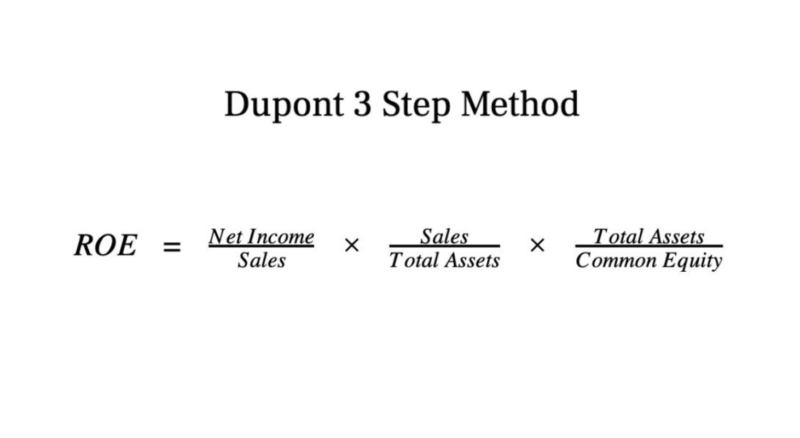This process typically occurs when the conditions attached to temporarily restricted net assets are met, allowing these funds to be reclassified as unrestricted. For example, if https://www.bookstime.com/articles/1-800accountant a donor provides funds for a specific project that has been completed, the remaining funds can be reclassified. This reclassification must be documented meticulously, with clear records showing that the donor’s conditions have been satisfied. Nonprofits must provide detailed information about the nature and amounts of donor restrictions, including how and when the restrictions can be satisfied. This transparency is crucial for maintaining donor confidence and ensuring that the organization is accountable for the proper use of restricted funds.
- Nonetheless, the ability to restrict a gift to a nonprofit organization can be a powerful incentive.
- It also allows nonprofits to align their financial strategies with donor expectations, ensuring that funds are utilized in a timely and effective manner.
- In that case, you would be in luck if you wanted to use the money for the counseling program.
- These entries ensure that the financial records reflect the true state of the nonprofit’s finances.
- This can be particularly important for securing additional funding or attracting new donors, as it demonstrates prudent financial management and the ability to meet operational demands.
- By carefully managing your finances, you can ensure that your organization has the resources it needs to flourish.
- This process typically occurs when the conditions attached to temporarily restricted net assets are met, allowing these funds to be reclassified as unrestricted.
What is an Income and Expenditure Account? (Explained)
The money from the interest earned is designated for a specified purpose, and the principal cannot be touched. Then you can track that money through your accounting system to see exactly how much is left, where it was spent, and how much value (net assets) it contributes to your organization. Fund accounting is a system of accounting created to help not-for-profit organizations and agencies manage streams of revenue designated for specific purposes. And the issue of restricted funds presents unique bookkeeping and accounting challenges for a nonprofit that a for-profit company doesn’t face. I would think that “Net assets without donor restrictions” would be misleading to the users.
Financial Reporting
Some organizations choose to track these funds outside of their official accounting structure (like in a spreadsheet), but setting up individual funds can help you establish transparency and accountability. Temporarily restricted funds must be used for a specific purpose or within a specific period. In some cases, the money becomes unrestricted when a timeline ends or the objective is met. In other cases, unspent restricted funds may need to be returned to the grant maker or donor.
Accounting Standards for Restricted Net Assets
Get our FREE GUIDE to nonprofit financial reports, featuring illustrations, annotations, and insights to help you better understand your organization’s finances. Unlike most accounting firms, we work exclusively with nonprofit organizations like yours. So there’s nothing your organization can throw at us that we’re not prepared to handle. When you set up funds in your chart of accounts, they’ll show on your financial statements as well. This adds transparency to your finances, but it also makes them a bit harder to read.
- Then you can track that money through your accounting system to see exactly how much is left, where it was spent, and how much value (net assets) it contributes to your organization.
- The purpose of the disclosures is to communicate whether the organization’s liquid available resources are sufficient to meet the cash needs for general expenditures for one year beyond the balance sheet date.
- These disclosures provide insight into how the organization plans to sustain its operations and fulfill its mission over the long term.
- To respond to those challenges, the nonprofit world uses a system of accounting called fund accounting.
- It is essential for nonprofits to clearly differentiate between assets with donor restrictions and those without, as this distinction impacts how resources can be utilized.
- All of these options can help to improve the long-term prospects of the company and create value for shareholders.
Does Walgreens Cash Checks In 2023? Complete Guide
These entries are not merely administrative tasks; they play a significant role in the financial statements of the organization. By accurately recording the release of net assets, nonprofits can provide a clear picture of their financial health and resource allocation. This transparency is essential for maintaining donor trust and fulfilling regulatory requirements. However, if the organization has accepted a gift restricted by the donor, it has agreed to honor the restrictions. In cases where the gift must be used for a specific program(s) or set aside permanently, the liquidity calculation should be adjusted to reflect the amount needed to appropriately release restrictions during the period being analyzed.
Endowment funds represent a significant aspect of permanently restricted net assets. These funds are designed to provide a perpetual source of https://www.facebook.com/BooksTimeInc/ income for the nonprofit, with the principal amount remaining intact while the investment income is used for specific purposes. Managing endowment funds requires a strategic approach to investment, balancing the need for income generation with the preservation of the principal.
Now that you know the concept, look at your organization’s balance sheet again with fresh eyes. Keep in mind that, unfortunately, net assets is often not broken out properly in internally generated balance sheets. Even if it is, you may still need to ask questions to understand the nature of any restricted assets.
- This type of asset requires meticulous record-keeping and transparent reporting to demonstrate adherence to the donor’s long-term vision.
- This dual-entry system maintains the integrity of the financial statements, providing a clear audit trail for stakeholders and auditors.
- The other assets making up net assets are grants receivable of $10,000 and fixed assets of $50,000.
- One key aspect of this financial stewardship involves managing restricted net assets.
- If you have multiple endowments, grants or restricted large-dollar donations, it is recommended that you track them each in their own fund.
We call revenue from unrestricted net assets these sources restricted funds because you’re not free to use them however you please. Understanding how to handle these funds properly can make the difference between achieving an organization’s mission or facing financial difficulties. Salaries, benefits, professional services, office expenses, information technology and insurance, are allocated based on estimates of time and effort. External and direct internal investment expenses are netted with investment income and should not be included in the expense analysis. Understanding how to manage and report these assets is essential for maintaining financial health and transparency. Being unrestricted, the non-profit can then use the donation for whatever purpose it sees fit to achieve its stated mission.
|
Report reason |
|
|










